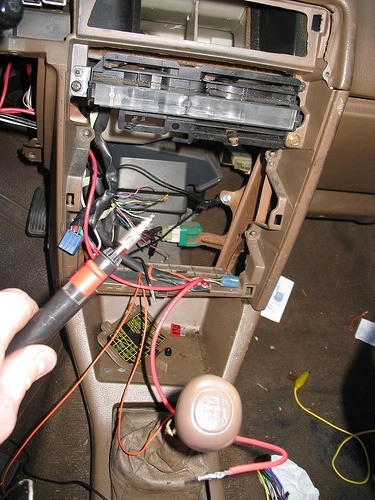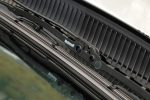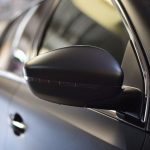There was a time when teenagers just joined a few wires together and their car radio cassette worked perfectly (or almost). Of course, you had to rule out the fact the left and right speakers were connected the wrong way, and the unit constantly vibrated at high gear, making the music drown out.

Then all of a sudden, car stereo installation was made even more convenient by the advent of the CD player. When it first came out, though, the disc jumped every few seconds. And then later, it was placed in a multi-play unit at the back of the car. Sure, these worked, but wiring them up became – well, more complicated.
That was then. This is now.
The car entertainment package has now evolved drastically, thanks to advances in sound engineering and music technology. At the same time, we now demand so much more from our in-car entertainment systems. Consumers want high-quality digital music that will play MP3 files, but at the same time, a number still also want the “old-fashioned” CDs – or the “older-fashioned” radio. We need the unit to tell us at all times what it is doing, which frequencies are turned up (bass, mid, treble?), or who is singing what song of which genre from what album released in what year.
Today’s car stereo is also designed with new features and technologies: not only is it a high-quality system with the ability to pick up satellite, FM and AM radios; it can also retrieve your playlist from the Internet, or personalized bits and pieces of news and traffic reports. And there’s more. Bluetooth headsets, for example, now allow us to listen to crystal-clear music, wirelessly, as we drive.
And this is not to mention the speakers, the number and level of sophistication and quality. Where does one fit the speakers now to avoid vibration noises, or to prevent clicking from other electrical items the car uses? There is no point in having a state-of-the-art system that loses audio when you open your windows. The correct suppressors have to be fitted in exactly the right place.
Five reasons to hire a professional stereo installer:
- The equipment is more sensitive now than it’s ever been. Static electricity can ruin a thousand dollar head unit in less than one second.
- The cars aren’t nearly as easy to work with as they used to be. The modern vehicle dash is a cramped, complicated place.
- Making a wiring mistake can cause collateral damage. If your stereo wiring is incorrect, it could damage your engine computer, other dash electronics, etc.
- There’s almost always a difference in sound quality. If you hire a pro, your system will sound better.
- It’s really not that expensive, especially when you compare the cost of installation to the value you receive from your stereo.
Consider this: in the U.S., motorists spend nearly 1,000 hours a year in their car; others still considerably more. This is the time you really need the car stereo and entertainment system to be working at its absolute best, no matter its level of sophistication, no matter how many devices it connects to, no matter where your speakers are installed.
So basically, the days of spending a day at the garage fitting every component in car have gone. The specialized equipment and the intricate requirements of today’s electronics require car owners to have professionals and specialists install the in-car entertainment systems. If something goes wrong, they’ll find out about it quickly enough, saving hours or even days of frustrated driving.
Author Bio: John Grant is a British entrepreneur and freelance writer. He spends his time exploring the wonders of science and engineering, and is passionate in particular about automotive care – including car stereo installation – and preventative maintenance.




